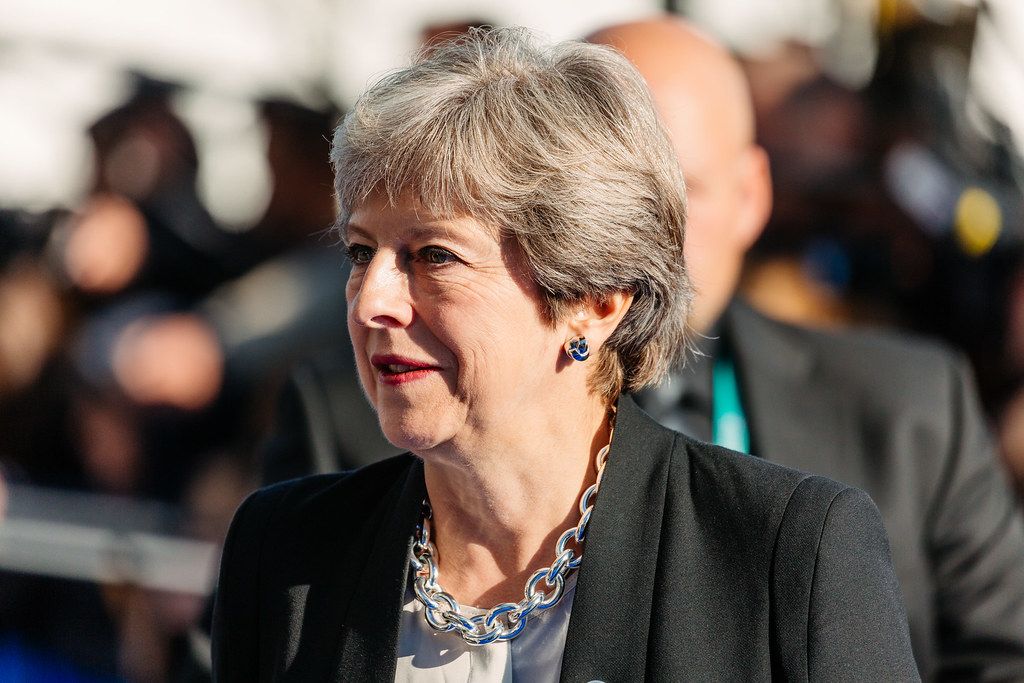
After facing months and months of criticism, Theresa May announced on May 24 that she will be resigning from office on June 7. This was not necessarily a surprise, but it leaves the U.K. in a position of uncertainty since the country will now have to elect a new prime minister who will lead them through Brexit process.
Theresa May resigned?!? Wait, who’s Theresa May?
Theresa May is the Prime Minister of the U.K., which is similar to the executive branch of our government. Before you ask: no, that is not the Queen. The Queen (God save her) just serves as a figurehead and has no actual power. May’s main goal as prime minister has been to carry the country through the process of Brexit, a situation she inherited through the previous Prime Minister David Cameron. Cameron supported staying in the EU and resigned after the British public voted to leave it in the Brexit referendum. While May, like her predecessor, is a member of the Conservative Party and originally wished the U.K. to remain in the EU, she accepted the result of the referendum and committed herself to finding the best way for the U.K. to leave.
Oh, Brexit. What’s happening with that?
In short, nothing. Since the U.K. decided to leave the EU almost three years ago, politicians have been arguing over the “how” of it all, leading to no progress on any front. There was originally a debate between a “soft” or “hard” Brexit. Soft is maintaining closer ties with the EU with deals to keep interactions more open, while hard means little to no deal would be made, creating trade and travel barriers. Proposals have been made for each, but all have been rejected by Parliament.
May recently proposed a deal many were calling a “blind” Brexit because it goes forward with Brexit while leaving many key questions unanswered in regards to trade deals with the EU. This plan was shot down much like all the other ones before it, leaving May stranded.
Why wasn’t May able to get anything done?
Part of the reason is the conflicting ideas as to what should be done to lead the country through Brexit. Another reason may be the slight majority her party holds within parliament. To pass controversial legislation like this, a larger majority would help push it through the dissenters within her own party.
To make this vote easier, in 2017, May called a snap election in an attempt to increase the Conservative Party’s majority. Yet, it horribly failed and the prime minister was left with a net loss of 13 seats. To make matters worse for May her own party brought a vote of no-confidence against her in an attempt to push her out of power in January. The vote failed, but the negative sentiments against her still stand.
So now she’s resigning. What does that mean?
May will remain for about two months after her resignation as an acting prime minister while a new one is chosen. Because she resigned as prime minister and leader of the Conservative Party, the party gets to choose its new leader who will take May’s place as prime minister. The leaders in the party will weed out the candidates and then the general members of the party (the roughly 130,000 people who pay dues) will get to vote.
All of this means that the issue of Brexit which has now pushed out two different prime minister, will be pushed on to a third (and hopefully final) leader. For now, a Brexit resolution is even further delayed, extending the long period of uncertainty that has plagued the country since this decision came to pass almost three years ago.